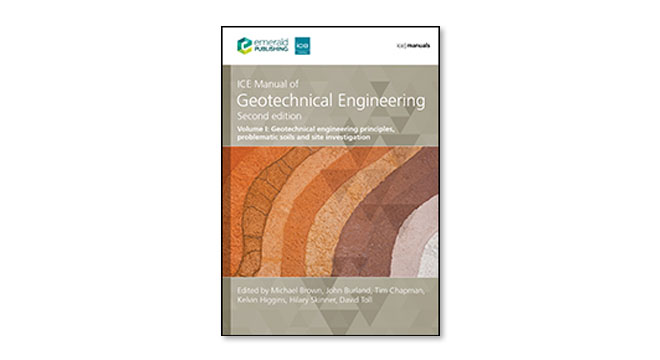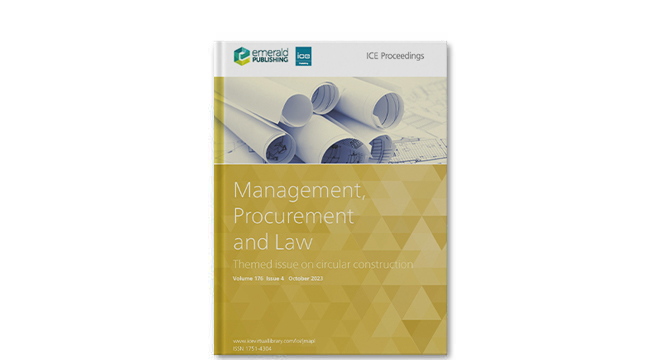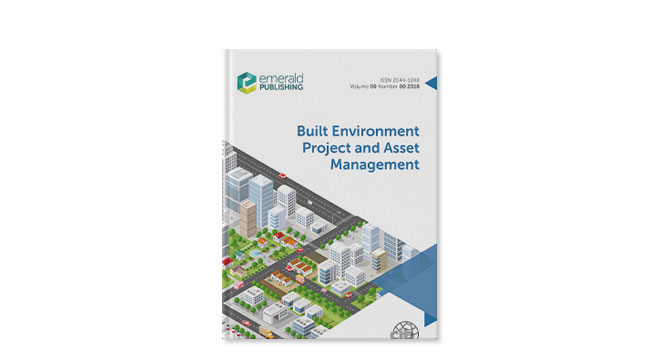The construction industry, a major global resource consumer and waste producer, significantly contributes to greenhouse gas emissions and environmental harm.
The traditional linear model of resource use is no longer sustainable. Enter the circular economy: a smarter way to do business that prioritises material reuse, nature regeneration and impact reduction. Beyond environmental benefits, it can boost the economy and enhance wellbeing.
However, implementing circular principles in the built environment and civil engineering demands transformative shifts across design, construction, operation, and decommissioning. Collaboration with diverse stakeholders, including policymakers, regulators, clients, and users, is also essential.
In this mission, we ask:
- How can the construction industry transition to a circular economy?
- What are the main barriers and enablers for circular construction?
- How can we design buildings and infrastructure that are adaptable, modular, and reusable?
- How can digital technologies enhance circular construction efforts?
We invite authors and stakeholders to contribute to the discussion by sharing your research, insights, or viewpoints. So, if you are working on an article, have an idea for a book or would like to contribute a blog or commentary on circular construction, then we’d love to hear from you – get in touch today.
This mission supports our Sustainable structures and infrastructures goal
An introduction to circular construction

Why circularity matters in construction
Setting the scene on circular construction is expert Dr Patricia Kio, an Assistant Professor at the Engineering Technology Department, Fitchburg State University. Dr Kio brings clarity to circular construction, highlighting the opportunities and concerns around the subject, as well as the research questions that must be addressed.

Free access to our blogs, video, and infographic
Circular design - building with reclaimed wood
Author: Professor Olga Popovic Larsen, Institute Architecture and Technology, Royal Danish Academy, Denmark
In this video, Professor Olga Popovic Larsen discusses her work on circular design in connection with sustainable approaches, and the impact it has made in both education and teaching to influence new building solutions working with reclaimed wood.

Challenges in reducing waste generation from construction
Understanding the challenges faced by stakeholders in the construction industry is crucial to minimising waste and carbon dioxide emissions in the long term.
View the infographic to find out more (PDF)
Article: Maximising the construction waste reduction potential – barriers and catalysts
Authors: Subama Sivashanmugam, Sergio Rodriguez, Farzad Rahimian, Nashwan Dawood
Title: Challenges in reducing waste generation from construction
Background: The construction industry is moving towards a circular model to reduce raw material use and waste generation
Understanding the challenges faced by stakeholders in the construction industry is crucial to minimising waste and carbon dioxide emissions in the long term
Catalysts to overcome the current waste reduction challenges in the UK
- Adopt a systematic approach across all life cycle stages
- Have early waste planning and reuse strategies
- On-site waste segregation for recycling
- Eliminate waste disposal or landfilling
RIGHT SECTION
Expert stakeholders interviewed online
- Principal sustainability consultants 20%
- Project managers and directors 10%
- Construction site managers 20%
- Sustainability managers involved in the design 20%
- Managers and consultants involved in the construction phase 30%
Key challenges faced by stakeholders in reducing waste generation
- Inadequate incorporation of waste reduction strategies from the early design stages of the project life cycle
- Lack of digital innovation, data management, and communication among stakeholders
- Lack of granularity in construction waste (CW) information within the context of life cycle assessments
- Limited communication and collaboration among the supply-chain members
- Lack of defined CW objectives
Key message: Increased emphasis on CW reduction from early design stages, increased use of digital tools, granular and clear CW data, and seamless communication and collaboration would support the built environment to shift from recycling to prevention and source reduction
Footer: Maximising the Construction Waste Reduction Potential – Barriers and Catalysts
Proceedings of the Institution of Civil Engineers - Civil Engineering
Sivashanmugam et al. (2023) | DOI: 10.1680/jcien.22.00163

Free access to our related journal articles & book chapters
Our publications have content on different aspects of circular construction that we’d like to share with you. For a limited time only, these are free to access.

Different routes to publication
If you would like to contribute to the discussion, take a look at our different routes to publication and contact us to get involved.
Chat to us about your work
We love hearing from researchers and practitioners about their work.
If you would like to contribute to this page, or you are working on research related to Circular construction and/or Sustainable structures and infrastructures and would like to publish it in a journal, please let us know by filling in this form and we’ll get right back to you.


























